K. Hattori established the Seiko company in 1881, manufacturing clocks. It wasn't until 1913 that they created the first wristwatch in Japan. Since then the company has had much success; according to the company's official website, the Seiko watch was: "...the official timekeeper at many international sporting events since the Tokyo Olympic Games in 1964." Seiko is also responsible for creating the first quartz watch in the world in 1969. Unfortunately, copycats try to replicate Seiko watches to sell to consumers at slight or great discounts. You can avoid this by checking the watch in question for specific details.
Visit the official Seiko website at seikowatches.com and examine that font that they use for the "Seiko" logo on the dial of the watch. While some fakes misspell "Seiko" that should be easy to spot immediately. Other fakes use a font slightly different to the official "Seiko" font. Hold the watch in question under a magnifying glass and examine the font.
Turn the watch over and examine the case back. New Seiko watches have a transparent sticker protecting the case back. It is usually clear or transparent blue. Fakes often have this sticker and it is usually transparent with a thin red strip going diagonally down the case back.
Look at the serial number on the back of the Seiko. Fake watches often print fake serial numbers on their watches, but they often add the word "Japan" above the serial number, which real Seikos never have.
Examine the "wave" logo on the case back. It should look like a detailed, curved waves. Fake watches have a wave shape but it often looks very muddled and blurry. Touch it with your fingertips. Real watches have a raised wave logo that you can feel and fakes rarely possess that detail.
Turn the watch over and look at the bracelet clasp of the watch or the watch band. You should not see the words "Seiko Japan" engraved or printed anywhere on the watch band or bracelet. Fakes often possess this detail.
Look at the second, hour and minute hand. They should all be the same color. Fakes often have mismatched colors.
Related Articles

How to Tell a Real Tudor Watch
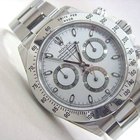
How to Spot a Fake Rolex Watch

How to Identify a Fake Perpetual Oyster ...

How to Tell If Your G-Shock Is Fake?
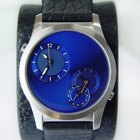
How to Tell if a Rado Is Fake

How to Identify a Knockoff LeCoultre ...

How Will I Know a Fake Panerai Watch?

How to Spot a Replica Invicta Watch

How to Recognize an Authentic Breitling ...
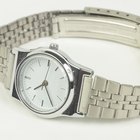
Differences Between Santos De Cartier ...

How to Read a Tag Heuer Model Number

How do I Identify Counterfeit Bulova ...

How to Spot a Fake Tag Heuer Calibre 17 ...
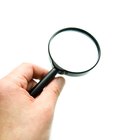
How to Tell If a Ladies Rolex Is Real

How to Tell if a Baseball Jersey is ...

How to Identify a Fake Breitling Watch
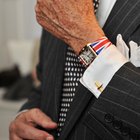
How to Tell an Authentic Cartier Watch

How to Spot a Replica Baume Watch

How To Get a Neiman Marcus Catalog

How to Identify Gruen Watches
References
Writer Bio
Lane Cummings is originally from New York City. She attended the High School of Performing Arts in dance before receiving her Bachelor of Arts in literature and her Master of Arts in Russian literature at the University of Chicago. She has lived in St. Petersburg, Russia, where she lectured and studied Russian. She began writing professionally in 2004 for the "St. Petersburg Times."